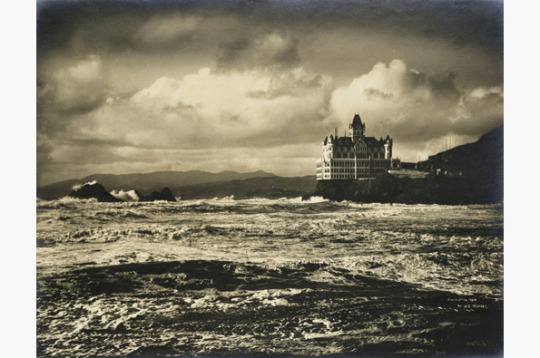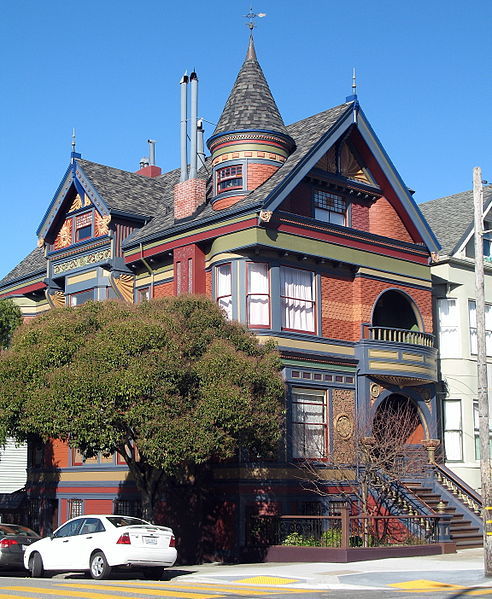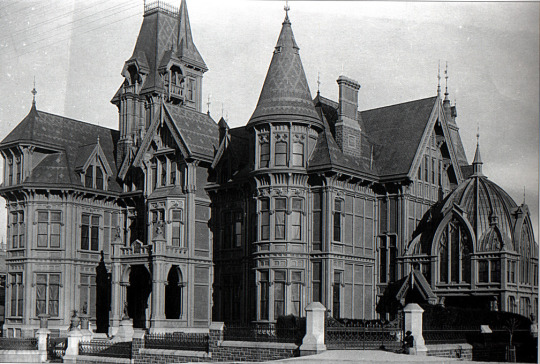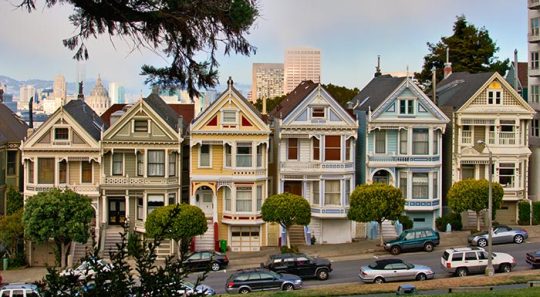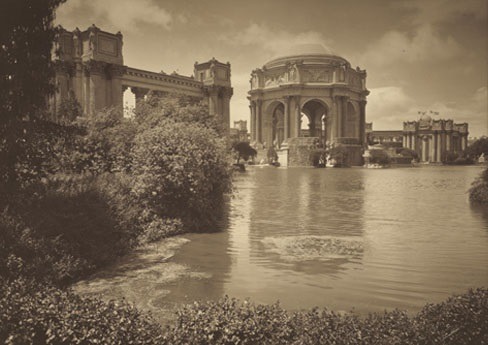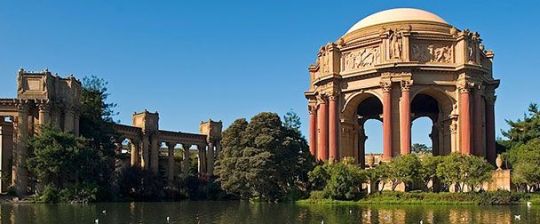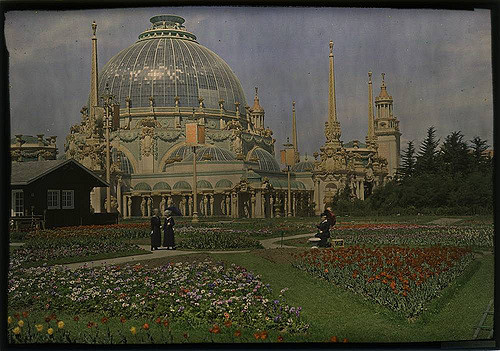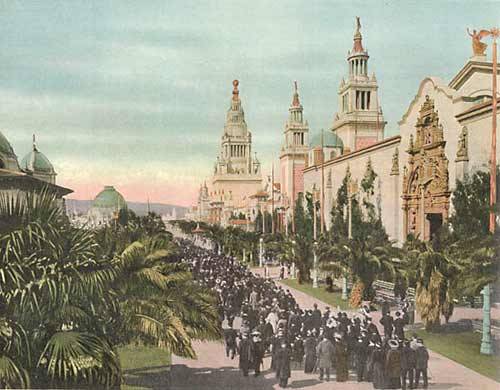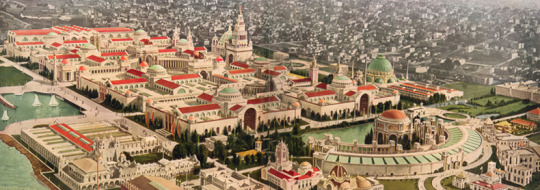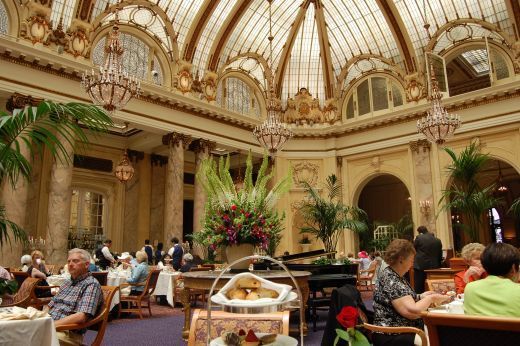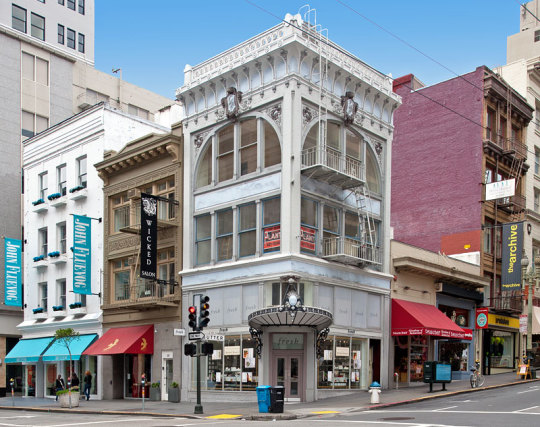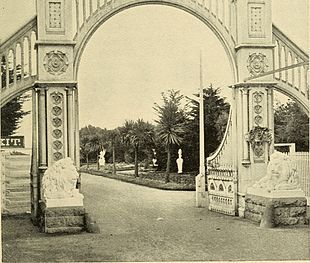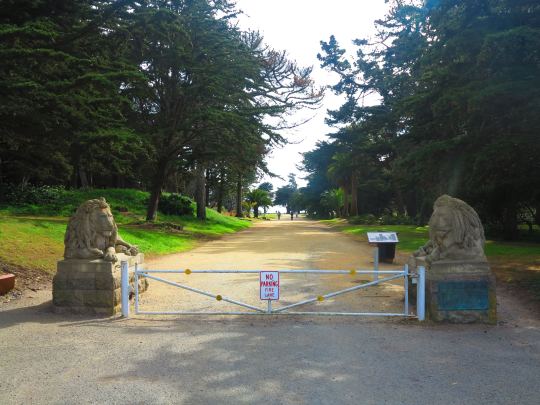Welcome
to the arbitrarily-curated 90s Millennial Quiz! Do you have the knowledge/cultural savvy of an
American 90s-era Millennial according to my caprice? Scores and answers at the bottom!
First the answers, then the scores:
1.
Finish the Simpsons quote. Give yourself 1 point for each right one.
a.
“Don’t blame me! I voted for____________!”
b.
“Do you find something funny about the size of my____________?”
c. “I
used to be with it. ____________.”
d.
“And that talking coyote was really just____________.”
e. “I
am so smart! ____________!”
2.
What does a/s/l mean? 3 points.
3.
Growing up did you consume any of the following? Give a point for each.
4.
Nickelodeon Shows: Did you watch…? (1 point for each)
5.
Disney/Other Kids Shows: Did you watch…? (1 point for each)
6.
Does this image mean anything to you? (1 point)
7. Do
you remember these? (2 points)
8.
What about this squadron of horribleness? (1 point)
9.
Switching gears, would you know how to respond to the following 90s slang
terms/phrases? (1 point each)
a.
Someone said you’re “all that and a bag of chips”
b.
Someone called you “fly”
c.
Mid-conversation a friend says “as if!”
d.
Someone called you “homeskillet”
e.
Someone shouts “psych!” or “not!”
10.
Did you play any of these computer/video games? (1 point each)
11.
Can you name these band’s biggest hits from the 90s? (1 point each)
a.
Green Day (album: Dookie)
b.
Blind Melon (album: Blind Melon)
c.
Coolio feat. L.V. (album: Dangerous Minds Soundtrack)
d.
Chumbawamba (album: too similar to the song)
e.
Lauryn Hill (album: The Miseducation of Lauryn Hill)
f.
Oasis (album: What’s the Story Morning Glory?)
g.
Moby feat. Gwen Stefani (album: Play)
h.
Cypress Hill (album: Black Sunday)
i.
Snoop Dogg (album: Doggystyle)
j.
Santana feat. Rob Thomas (album: Supernatural)
12.
Give one point each to the fad you participated in/remember being a big deal:
13.
On to fashion! Give yourself a point if you ever wore:
a.
hi-top sneakers/sneakers that lit up
b. a
sweatshirt tied around your waist/fanny pack
c.
choker collar/scrunchies. so goddamn many scrunchies.
d.
crop tops/denim tops
e.
big ol’ black boots/pants so baggy you ought to be ashamed of yourself
14.
And finally, 90s news stories! Can you
remember the significance of the following terms, as related to 90s news?
a.
Dolly the sheep
b.
Good Friday Agreement
c.
Kenneth Starr
d.
“The mother of all battles”
e.
Kyoto Protocol
First the answers, then the scores:
Answers:
1. a. Kodos; b. automobile; c. Then they changed
what ‘it’ was; d. a talking dog; e. S-M-R-T
2.
‘age/sex/location’ – a common query from the AOL chatroom era.
3. –
4.
Salute Your Shorts; Rocko’s Modern Life; Guts; Doug; Clarissa Explains It All
5.
Dinosaurs; Goof Troop; Bill Nye the Science Guy; TaleSpin; Animaniacs
6.
Hamsterdance.com – an early ‘viral’ 'web' sensation from 1998
7.
Screen savers from the 90s After Dark software.
8.
Microsoft Office assistants c. 1997
9. a.
A good thing; b. stylish; c. 'Clueless' reference; d. variant of ‘homeslice’ or
homeboy’; e. obnoxious anti-humor that should be groaned at and condemned
10.
Sonic the Hedgehog 2; Doom II; Myst; Super Mario World; The Legend of Zelda:
Ocarina of Time
11.
a. Basket Case or When I Come Around; b. No Rain; c. Gangsta’s Paradise; d.
Tubthumping/ Tubthumper; e. Doo Wop (That Thing); f. Wonderwall or Champagne
Supernova; g. Southside; h. Insane in the Brain; i. Gin & Juice; j. Smooth
12.
Tamagotchis; snap bracelets; Beanie Babies; pogs
13. –
14.
a. the name of the first cloned animal, 1997; b. the end of hostilities between the United Kingdom
and Ireland, 1998; c. the special prosecutor of Bill Clinton regarding Monica
Lewinsky, 1998-99; d. a phrase used by Saddam Hussein referring to the Gulf War,
1990-91; e. The international agreement on climate change, which the U.S.
later withdrew from, adopted in 1997.
Scores:
0-10. You are not at all a 90s Millennial. Congratulations!
11-20. You know a bit about these ‘Millennials’. But luckily not much.
21-30. Gen Xer? Gen Z? Millennial parent? You have a pretty decent grasp of 90s kid culture, but it's not likely that you were a part of it.
31-40. On the cusp. Maybe you just weren’t very observant? That or you are very, very clever.
41-50. Clearly a Millennial. In the immortal words of Cantaloop: “boogie woogie jam slam.”
50-60. You are *totally* a Millennial. So, you know, good luck paying your student loans…















